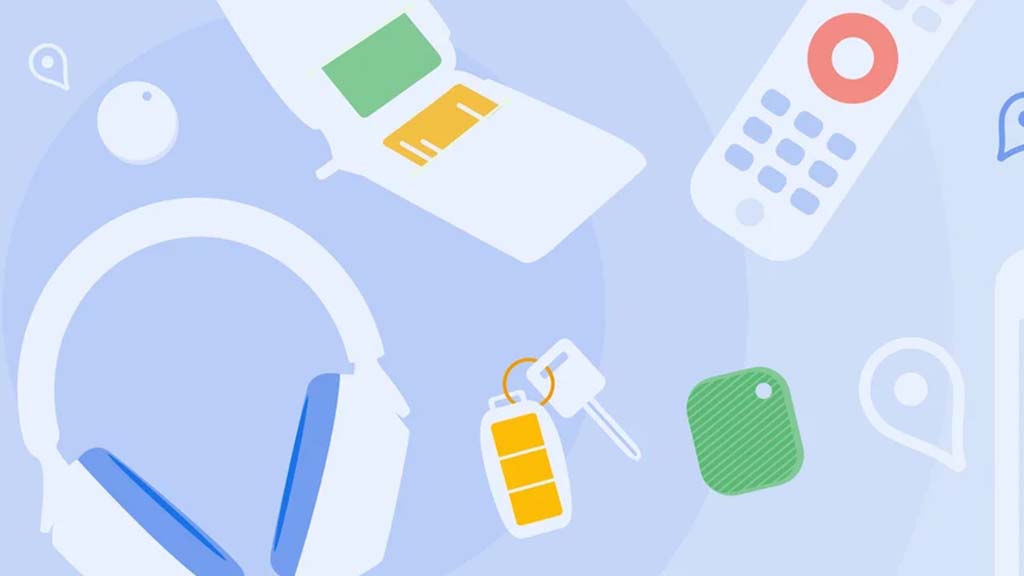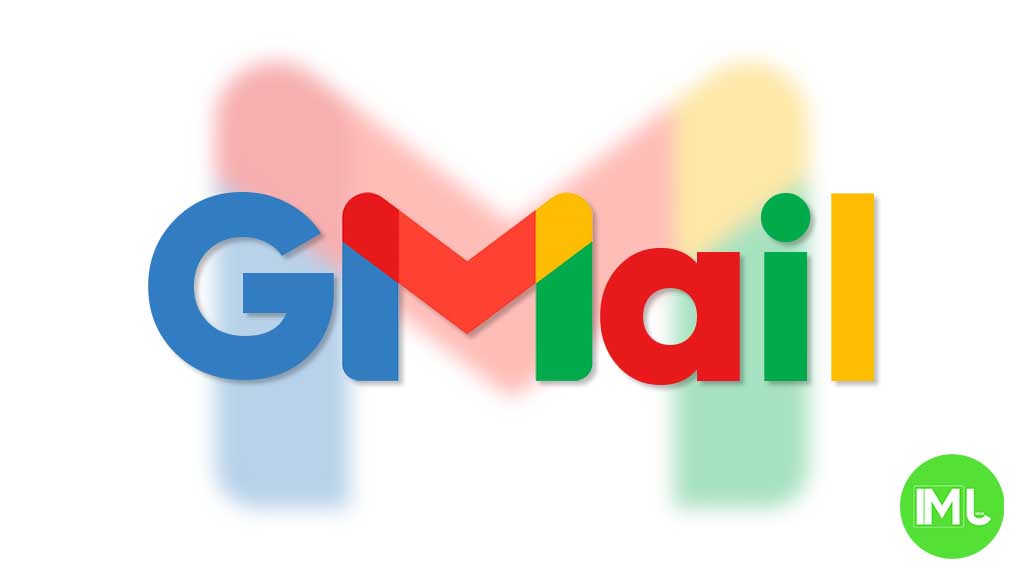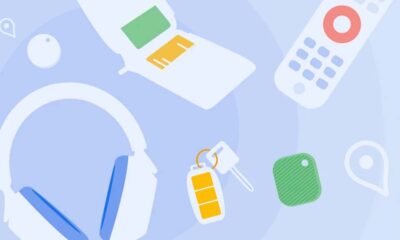Google introduces Pixel Watch 3 screen protector and clarifies Pixel battery charge limit update timing
If you’re searching for a screen protector for your Pixel Watch 3, Google now offers an option directly from its official store. The Pixel Watch 3, known for its sleek and elegant design, still faces the challenge of protecting its curved glass surface. Unlike some other high-end smartwatches that use sapphire glass for enhanced durability, Google has stuck with glass, making the screen more vulnerable to damage. Unfortunately, traditional glass screen protectors don’t easily adhere to the curved design of the Pixel Watch.
To address this, Google has partnered with Zagg to sell an “InvisibleShield Fusion” screen protector for the Pixel Watch 3. This protector is marketed as offering a glass-like experience, though it’s made from a flexible polymer hybrid called Polyethylene Terephthalate (PET). The material is designed to mimic the feel and appearance of glass while providing military-grade protection against everyday wear and tear.
Priced at $29.99, this protector is one of the higher-priced options available in the Google Store, but it’s a convenient choice, especially for those with store credit to use. The InvisibleShield Fusion’s strength lies in its ability to conform to the watch’s design, offering a seamless look. However, despite the convincing glass-like appearance in Google’s marketing, this is a plastic protector.
For those looking for a cheaper alternative, there are other options available. Protectors designed for the 41mm Pixel Watch 3 are compatible with previous models, and some users prefer screen protectors that use adhesive and UV curing processes to apply actual glass to the screen. These glass protectors are not only more affordable, typically priced under $20, but they also offer better scratch resistance and are known for their durability.
One limitation of the Zagg offering is that it is currently only available for the 41mm model of the Pixel Watch 3, with no options yet for the 45mm version. While third-party 45mm screen protectors are still limited, having a Google-endorsed solution for the smaller model is a step forward.
Pixel Battery Charge Limit: Misunderstanding Clarified
Another piece of news for Google Pixel phone users revolves around a highly anticipated feature: the battery charge limit. This feature is designed to help users preserve battery health by limiting charging to 80%. Smartphone batteries tend to perform best and last longer when not charged to full capacity, with 80% being an optimal stopping point to reduce long-term degradation.
While this feature is much awaited by Pixel users, it wasn’t part of the first Android 15 update that started rolling out this week. Some confusion arose because this feature was mentioned in earlier reports and was spotted in the code of a previous Android 15 beta version. However, the battery charge limit feature was never intended for release with the first public Android 15 update.
The feature initially surfaced back in July, appearing in Android 15 beta code, though it wasn’t fully functional at the time. In September, it made its first real debut in Android 15 QPR1 Beta 2, marking its initial step toward becoming a full-fledged feature. Despite this progress, users won’t see it on their Pixel devices until Android 15’s first quarterly platform release (QPR1), which is expected in December 2024.
Google hasn’t provided any specific date for when this feature will roll out to all Pixel phones, but its connection to QPR1 suggests it will be part of the major update toward the end of the year. While unlikely, there’s always the possibility of a delay in its arrival. For those eager to get hands-on experience, participating in Google’s beta program could give early access.
For a detailed overview of all the new features in Android 15’s initial release, including insights on what’s coming next, check out Damien Wilde’s latest video on the 9to5Google YouTube channel.
Conclusion
Google is making notable strides in both hardware and software for its devices, offering a screen protector tailored for the Pixel Watch 3 and clarifying the timeline for the highly anticipated battery charge limit feature for Pixel phones. While users of the Pixel Watch 3 can now access a flexible, glass-like screen protector, Pixel phone users will need to wait a bit longer for the battery-saving feature. Both updates show Google’s commitment to enhancing user experience and device longevity.
Android
Android’s Find My Device speeds up with UWB coming soon

Google’s Find My Device network for Android has gotten a big boost, making it much quicker to locate misplaced items. Recent checks show it’s now four times faster than it used to be, keeping up with Apple’s AirTags in crowded spots like malls or events. For instance, at CES 2025, a tracker tucked in a bag updated its location just as fast as an AirTag nearby. This speed-up is thanks to more Android users turning on tracking for all locations, not only busy areas, which helps the system spot items more reliably.
In less crowded places, the network can still have trouble since fewer Android phones are nearby to share location signals. But Google’s working on this by nudging users through app alerts to enable tracking in quieter spots. Plus, recent updates to tracker software and apps have made connections more stable and accurate.
Looking ahead, Google’s gearing up to roll out ultra-wideband (UWB) technology. This will let you find items with pinpoint accuracy, even within a room, using cool augmented reality (AR) visuals, much like Apple’s setup. The Moto Tag, a tracker ready for UWB, is already available, just waiting for Google to activate this feature. Not all Android phones support UWB yet, but future models like the Pixel 10 might include it. These changes prove Google’s determined to make its Find My Device network a top choice for tracking lost stuff.
Gmail and Google Photos get new design and useful updates

Google is giving Gmail and Google Photos some fresh updates to make things easier and more user-friendly.
First, Gmail on the web is now getting a new layout option. You can choose between “Cozy,” “Comfortable,” or “Compact” views based on how much space you want between your emails. Google is also adding a setting to control whether your inbox and labels stay on screen or only show up when needed. These changes make it easier to personalize how Gmail looks and feels.
Meanwhile, Gmail for iPhone is getting a visual upgrade. The app now uses Google’s updated design style called “Material 3.” You’ll notice a cleaner look with a rounded search bar at the top, smoother icons, and better spacing. Although the bottom bar and buttons look mostly the same, the overall design feels more modern and easier on the eyes.
Lastly, Google Photos is bringing back a helpful feature. The classic search shortcut that appears in the bottom bar is returning, making it quicker to find your photos. Before this, the shortcut had been removed when Google added the new “Memories” tab. Now, both features work together, letting you browse memories and search with ease.
These updates aim to make Google’s apps feel more useful, clean, and easier to use on both desktop and mobile.
Android
Android 16 boosts USB data safety and fixes delayed notifications on Pixel phones

Google’s upcoming Android 16 update is bringing better security and some helpful improvements, especially for Pixel phone users. One of the main features in Android 16 is a new way to protect your phone’s data when it’s connected to a computer through USB. Right now, when you plug your phone into a PC or laptop, it can access all your data as long as you approve it.
With Android 16, Google is adding an extra security layer that only allows limited access unless you enter your PIN, password, or use your fingerprint. This will help protect your files if someone tries to access your phone without permission.
At the same time, Google is also working on a fix for a frustrating issue that some Pixel users have been facing for months — delayed notifications. After the April 2024 update, many users noticed that app alerts were not showing up on time, especially from messaging apps. Google has confirmed the problem and says a fix will be included in a future update, though it’s not in the current April patch yet.
Together, these changes show that Google is focusing on both stronger privacy and a smoother experience for Android and Pixel users. Android 16 is expected to roll out later this year, starting with developer previews.
-

 Apps1 year ago
Apps1 year agoGboard Proofread feature will support selected text
-

 News1 year ago
News1 year agoSamsung USA crafting One UI 6.1.1
-

 News1 year ago
News1 year agoBreaking: Samsung Galaxy S22 may get Galaxy AI features
-

 News1 year ago
News1 year agoSamsung Galaxy S23 Ultra with One UI 6.1 and all S24 AI features revealed
-

 News1 year ago
News1 year agoOne UI 6.1 Auracast (Bluetooth LE Audio) feature coming to many Samsung phones
-

 News1 year ago
News1 year agoSatellite SOS feature coming to Google Pixel phones, evidence leaked
-

 Apps11 months ago
Apps11 months agoGoogle’s fancy new Weather app is finally available for more Android phones
-

 News1 year ago
News1 year agoGoogle Pixel evolves as Europe’s third best selling flagship










